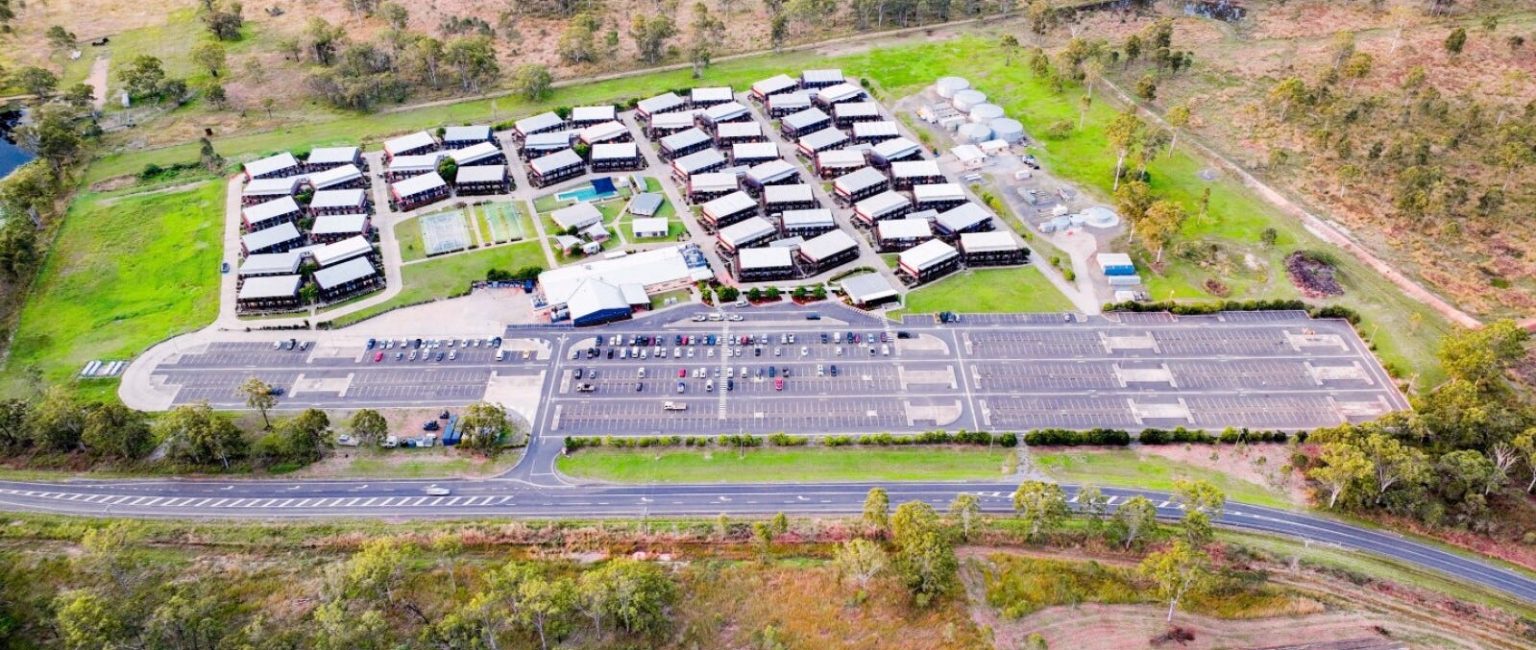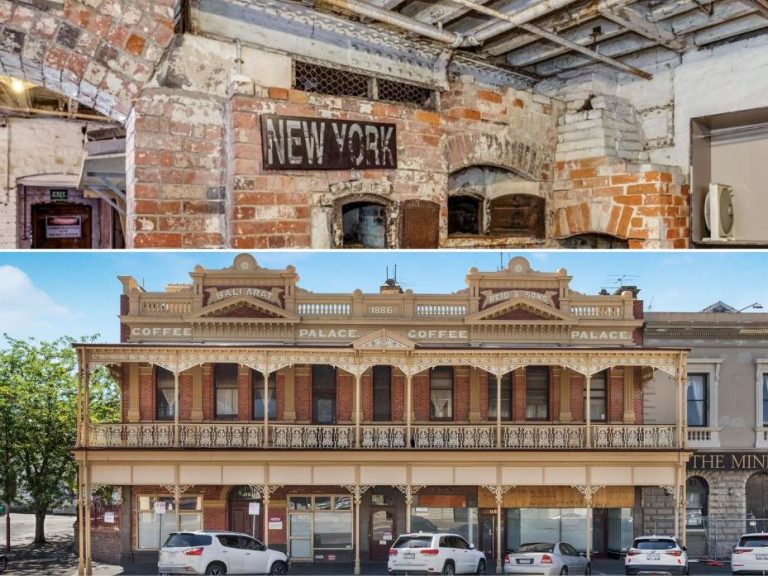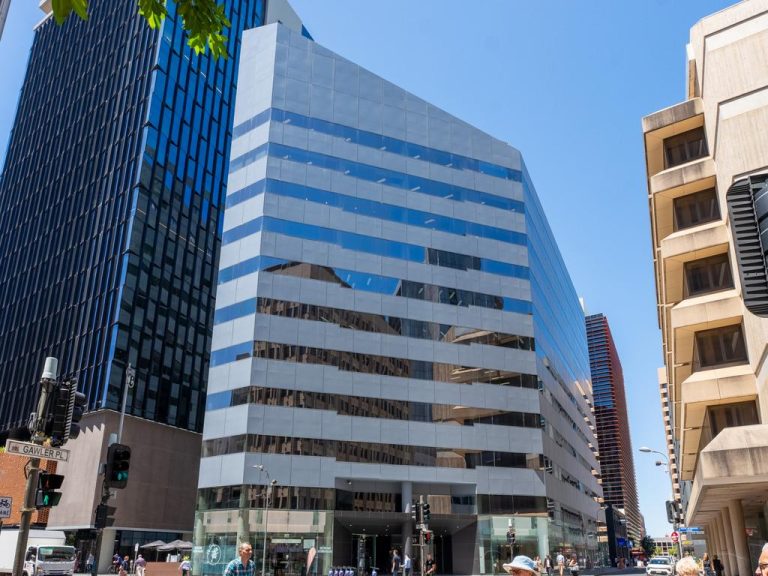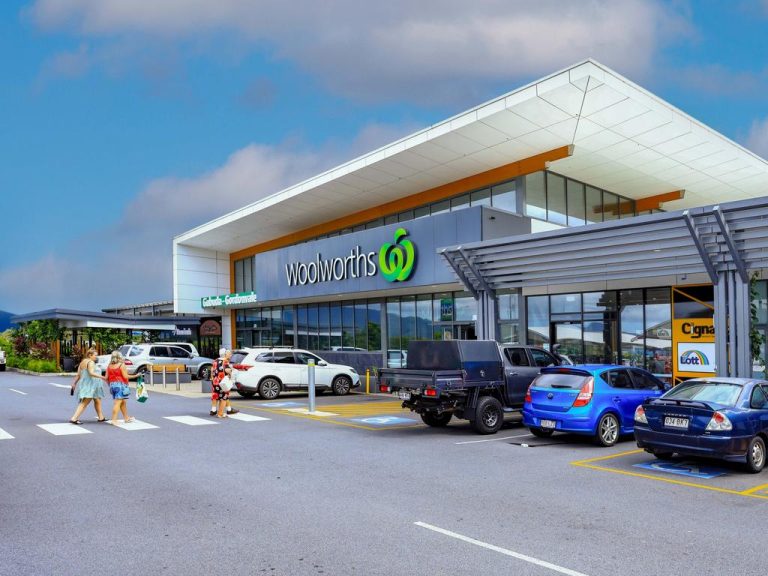FIFO workers village set to ride Gladstone’s new energy boom

A large workers village in Central Queensland is back on the market just as its fortunes are on the rise again with the Gladstone region expected to benefit from a new boom, this time in renewable energy.
With rising energy prices driving increased large project activity across Gladstone’s major industries, ASX-listed Decmil Group Ltd is selling the Homeground Gladstone Accommodation Village.
Decmil will lease back the 1400-bed village for 20-plus years and will continue to operate and maintain the camp, which houses fly-in fly-out workers.
Decmil director Peter Thomas said the Homeground village is the only workforce accommodation on this scale in the greater Gladstone area.
“If you want to house more than 80 workers at a time, the only place you can do it is Gladstone,” Mr Thomas told realcommercial.com.au.
“If you have a large shutdown of the cement plant, or the alumina refinery or the aluminium smelter or the coal terminal or any of the three LNG [liquefied natural gas] plants, there’s only really one place you can house all the workers which is the Gladstone Homeground accommodation village.”

Gladstone is home to Queensland’s largest multi-commodity port, LNG plants, alumina refineries, an aluminium smelter and other major industries. Picture: Getty
The state government is promoting Central Queensland as a potential “renewable energy powerhouse” as it transitions away from fossil fuels, with an increase in planned and proposed projects for Gladstone including in hydrogen and green energy.
“In order to manage the energy transition in Gladstone there’s just a mountain of investment that needs to happen to get all that right,” Mr Thomas said.
“That’s why I think it’s a pretty exciting time for Gladstone. You can feel it when you’re here that activity levels have increased.”
Rio Tinto, the world’s second largest mining company, last month called for proposals to develop large-scale wind and solar power in Central and Southern Queensland to power its aluminium assets.
Rio Tinto, which is Queensland’s largest energy user, said it is seeking proposals that can competitively meet the energy needs of its three Gladstone assets – the Boyne aluminium smelter, the Yarwun alumina refinery and the Queensland Alumina refinery.
Mr Thomas noted there are several hydrogen projects in the works.
Billionaire Andrew Forrest’s Fortescue Future Industries has started construction of the world’s largest electrolyser facility in Gladstone, manufacturing electrolysers that are vital to the production of renewable hydrogen.
Homeground village’s fortunes tied to project activity
Like the boom and bust mining town of Gladstone itself, Homeground’s financial performance has been tied to major project activity in the region.
Homeground Gladstone was originally a 50/50 joint venture between Decmil and the developer when the build-own-operate accommodation village was built in 2011, as large LNG plants were being constructed.

Decmil has owned 100% of the accommodation village sine 2012. Picture: realcommercial.com.au/for-sale
Decmil has owned 100% of the motel-style, four-star village since 2012.
Mr Thomas said Homeground Gladstone cost about $210 million to build at the time, but estimated it would cost about $300 million to rebuild today.
He said Homeground’s occupancy is heavily correlated to energy prices, with project activity tending to rise during periods of high energy prices like now.
The Homeground village initially performed strongly after opening in 2012 but has experienced several lean years after 2015 and the end of the region’s liquefied natural gas boom, after which other worker accommodation camps in the Gladstone area closed.
Mr Thomas said Homeground made significant revenue in 2012 to 2014, delivering earnings before interest, tax, depreciation and amortisation (EBITDA) of $85 million for Decmil over that period.
“And then in the next seven years it only produced $2.5 million [in total], but it’s coming back. Over 2015 to 2022 for different reasons – low energy prices and then Covid – was a pretty barren period but it still made money.”
Mr Thomas said Homeground’s financial performance had improved in the last 12 months.

Homeground Gladstone is a motel-style, four-star workforce accommodation village. Picture: realcommercial.com.au/for-sale
In its first half results in February, Decmil said after a prolonged period of subdued activity occupancy at Homeground had been steadily rising as FIFO maintenance works in the region ramped up after Covid restrictions.
In a May statement to the ASX announcing the board had decided to ‘reinvigorate’ the Homeground sale process, Decmil said the non-core asset was expected to return to strong profitability during the 2022 financial year.
Decmil first put Homeground on the market in March 2020, at the start of the pandemic.
Mr Thomas said the sale was put on hold during discussions about using the village as a quarantine facility, which did not proceed.
“Plus Covid made it very difficult for the LNG plants and Rio Tinto and the coal terminal to have their shutdowns and have a lot of workers in Gladstone,” he added.
At the time of Decmil’s mid-year results, Homeground Gladstone had a valuation of $56.8 million.
But Mr Thomas noted the most recent valuation about a month ago was higher at $89 million.

Decmil will lease back the village on a 20-year initial lease. Picture: realcommercial.com.au/for-sale
Mr Thomas said Decmil is selling Homeground to restructure its balance sheet.
“We’ll still lease and operate the asset as an accommodation village but it’s better off sitting in one of the infrastructure funds or super funds or private investors or one of the various groups that wants to get a decent yield and put their money to work.”
Colliers agents Tom O’Driscoll, John Marasco, Gus Moors and Nick Wedge are conducting the international expressions of interest campaign.
Strong buyer interest in Homeground village
Mr O’Driscoll, Colliers director of investment services, said there has been strong buyer interest in Homeground, even at a time a substantial shift in overall market sentiment due to factors including interest rate rises.
“This campaign is the most resilient in terms of buyer response,” he told realcommercial.com.au.
Mr O’Driscoll said there have been more than 80 enquiries so far from an array of buyer profiles, from ultra-high-net-worth people to syndicators and funds.

There has been strong buyer interest in the workforce accommodation village, which in a plus for workers boasts queen size beds. Picture: realcommercial.com.au/for-sale
Potential buyers also include “quasi owner occupiers” looking at alternate uses for the site after the leaseback ends in 20 years.
“It’s got such a life span for other uses beyond that,” Mr O’Driscoll said.
“That’s drawn the attention from those buyers. They’re looking at it going ‘we can collect a nice steady cash flow for the next 20 years and then seen where that may lead us thereafter’.”
The leaseback, on a 20-year initial lease with two 10-year options, is on a triple net lease with initial net income of $6 million a year with 3% fixed increases year on year.
Mr O’Driscoll said there is strong demand for long-term annuity-style investments with year-on-year growth.
“It’s been drawing attention in that 7-8% yield bracket – high yielding range.”
He noted that because of its scale and structure, Homeground only needed to run at 10% occupancy for it to break even.







